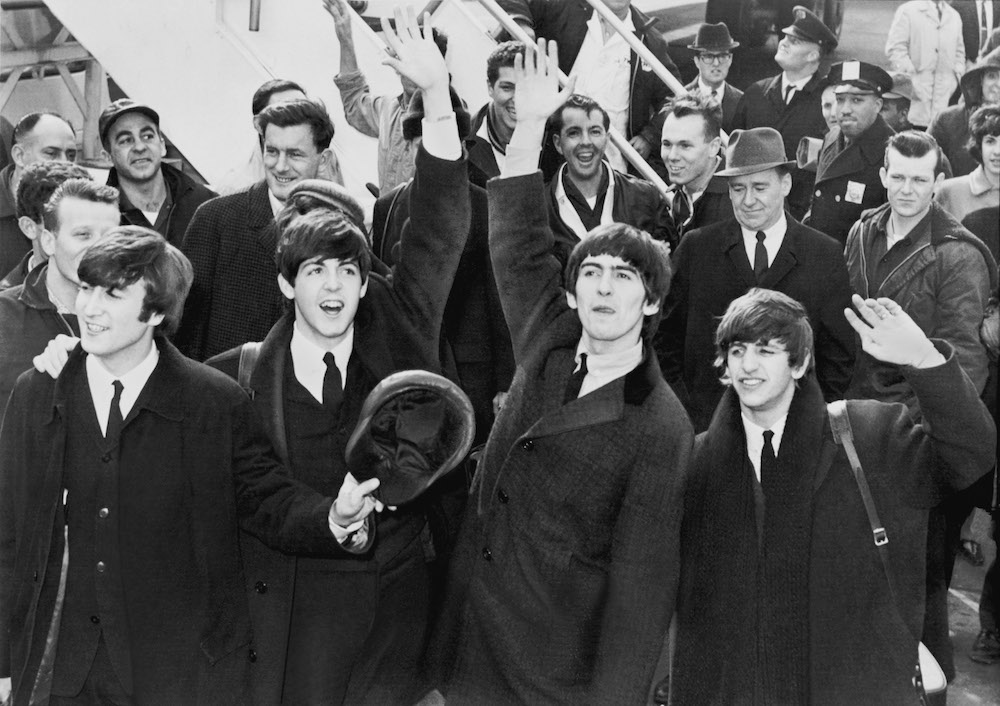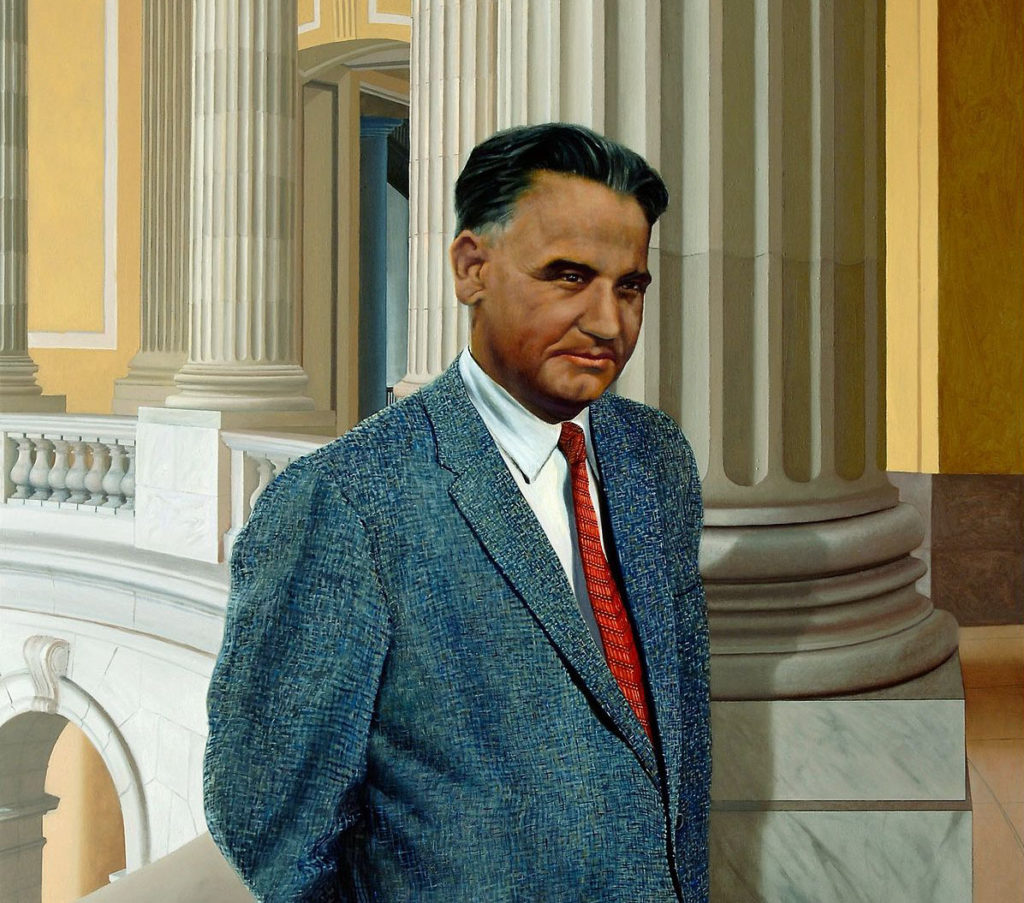When the Aztecs experienced a total solar eclipse,underground sex videos the wailing began.
After all, the moon had eclipsed the almighty sun, transforming it into an ominous onyx eye.
Then there were a tumult and disorder. All were disquieted, unnerved, frightened. There was weeping. The common folk raised a cry, lifting their voices, making a great din, calling out, shrieking. There was shouting everywhere.
These are translations from the early ethnographer Fray Bernardino de Sahagún, a friar who meticulously recorded Aztec culture and history in the 1500s. Human sacrifices ensued, Sahagún noted, an attempt to feed the sun invaluable energy from these bodies.
And in all the temples there was the singing of fitting chants; there was an uproar; there were war cries. It was thus said: "If the eclipse of the sun is complete, it will be dark forever! The demons of darkness will come down; they will eat men."
Not all cultures feared eclipses. Some, like the Navajo, viewed an eclipse as a time for reflection and renewal. But fear was awfully common across the globe. It's an understandable sentiment; for those today who stand in the shadow of a rare solar eclipse — like the many millions who watched on April 8, 2024 — the exciting experience can also feel awfully strange, if not disquieting. A constant in our lives, our radiant star, turns black and reveals its ghostly corona, or atmosphere.
"It was profoundly unsettling to have this black hole in the sky," Melissa Barden Dowling, a Roman historian at Southern Methodist University, told Mashable. "Losing the sun would be just terrifying."
SEE ALSO: NASA astronaut witnessed an eclipse from space. It was 'unnatural.'For many peoples, a total solar eclipse was profoundly terrifying because they believed in an animate universe where earthly or cosmic happenings were divine communication (these common worldviews existed in places like ancient China, India, Mesoamerica, the Mediterranean, and beyond). "It was rooted in the idea that the gods spoke to us through the natural world," Dowling said.
There is one long-lived culture that has a notable absence of solar eclipse accounts in its widespread art and text: ancient Egypt. This surprises Dowling, yet it's telling. Mind you, this was a society that for thousands of years worshiped the falcon-headed sun god, Ra, who was considered a divine father of many pharaohs. But in ancient Egypt there was a general avoidance of the eclipsed sun. "There's no serious attempt to record solar eclipses in the material that survived," Dowling noted.
A plausible reason? "It was too dangerous to depict," she said.
The demons of darkness will come down; they will eat men.
It's difficult to know what every culture thought of such a dramatic event. But descriptions often weren't rosy. Thousands of years ago, in 1200 B.C.E., scribes in Anyang, China, recorded solar eclipse events on bones. "The Sun has been eaten," they wrote.
Following a total solar eclipse, prominent Aztec warriors would hold all-night vigils. They quaffed maize beer, explained Adam Herring, a historian at Southern Methodist University specializing in the pre-Columbian Americas. The warriors grew drunk with their military brethren. "They showed solidarity for the greatest of all warriors, the sun god, in his time of need," Herring said.
Indeed, the Aztec sun god was often beset with threats in the darkness, when malevolent gods would come out. It's one reason why Aztecs would sacrifice human lives — to release energy from bodies and offer them to the sun god. A total eclipse, however, unleashed perhaps the greatest of cosmic struggles for the sun god, as the deity's resplendence was extinguished in broad daylight.
 A petroglyph from Chaco Culture National Historical Park in New Mexico, appearing to show a total solar eclipse. Credit: National Park Service
A petroglyph from Chaco Culture National Historical Park in New Mexico, appearing to show a total solar eclipse. Credit: National Park Service  A total solar eclipse photographed in August 2017. Credit: NASA / Gopalswamy
A total solar eclipse photographed in August 2017. Credit: NASA / Gopalswamy It's little surprise advanced cultures like the Aztecs were suspicious of the dark, like pre-Industrial cultures around the world. In Western folklore, the deepest of night, the "witching hour," is when evil beings gather their strength and lurk among us.
"Nighttime is a very troubling time," Herring said. "It's cold, dark, and dangerous." Especially when it strikes unexpectedly.
Yet even knowing a solar eclipse is coming doesn't smother the fear. The Maya devised intricate eclipse tables, showing when an eclipse was possible. "That was worked out with incredible intricacy and ingenuity and persistent, dogged observation over centuries,"Herring marveled. The Maya even predicted an eclipse that happened in July 1991, many centuries in advance.
Still, the Maya dreaded totality. "They were feared events viewed and based on the Maya cosmovision as the struggle of the Sun and the Moon, day and night, or the good and the bad," explained the Heritage Education Network Belize, an organization preserving Belizean history and culture. "This phenomena was seen as a bad omen, but also as a closure and as a sign of renewal."
It's cold, dark, and dangerous.
As humanity's space and astronomical knowledge evolved, eclipses have grown less ominous — though not completely so. During the 2017 total solar eclipse, among gasps I heard unsettled cries across the high Oregon desert. In her seminal 1982 essay Total Eclipse, Annie Dillard reported hearing rattled people staring up at the eclipsed sun. "From all the hills came screams," she wrote.
 An engraving showing people in Bekul, Southern India, in 1871, expressing unease during a solar eclipse. A British expedition watches the event in a fort above. Credit: Universal History Archive / Universal Images Group via Getty Images
An engraving showing people in Bekul, Southern India, in 1871, expressing unease during a solar eclipse. A British expedition watches the event in a fort above. Credit: Universal History Archive / Universal Images Group via Getty Images By the 1800s, the astronomers made it widely known that these eclipses were caused by an enthralling, though not dreadful, cosmic dance. Take this excerpt from the Mexican publication La voz de la religión, on July 24, 1852, before such an eclipse:
The total eclipse is also a spectacle that deserves to call anyone’s attention… it looks like the unraveling of nature’s well-arranged order... [But] it is possible to calculate with the greatest precision the movements of celestial bodies. Now, eclipses, far from scaring people, have become for them an object of curiosity.
Times had turned. "The mood changes from fear to curiosity," Amílcar E. Challú, a historian of Mexico and Latin America at Bowling Green State University who translated both the quote above and that at the start of this article, told Mashable. Challú is also one of the creators of the podcast Eclipsing History.
 Six pages of the Mayan book called the Dresden Codex, which includes astronomical and eclipse information. Credit: SLUB Dresden
Six pages of the Mayan book called the Dresden Codex, which includes astronomical and eclipse information. Credit: SLUB Dresden This Tweet is currently unavailable. It might be loading or has been removed.
Later, in 1908, The Mexican Herald gave recommendations to readers for how to witness a looming total eclipse. Some 500 people would take a train an hour north from Mexico City to experience the event, Challú, who hosts the podcast Eclipsing History, explained.
In modern day, eclipse chasers travel all over Earth to catch these cosmic spectacles. And on April 8, 2024, people drove or flew hundreds to thousands of miles to peer at the dark star.
It's worth it. "It's most fun to experience with other people, because of the surprise, and the awe," the Roman historian Dowling said.
But it might be a bit unsettling, too. We're still human, after all.
 Obama photographer Pete Souza on Trump: 'We failed our children'
Obama photographer Pete Souza on Trump: 'We failed our children'
 Save up to 70% on sex toys, lingerie, and more at Lovehoney
Save up to 70% on sex toys, lingerie, and more at Lovehoney
 Save up to 70% on sex toys, lingerie, and more at Lovehoney
Save up to 70% on sex toys, lingerie, and more at Lovehoney
 Presenting the Finalists for the 2021 PEN America Literary Awards by The Paris Review
Presenting the Finalists for the 2021 PEN America Literary Awards by The Paris Review
 Letter from the Editor by The Paris Review
Letter from the Editor by The Paris Review
 Presenting the Finalists for the 2021 PEN America Literary Awards by The Paris Review
Presenting the Finalists for the 2021 PEN America Literary Awards by The Paris Review
 When does stalking a crush online go too far?
When does stalking a crush online go too far?
 Trump who? Tech giants join massive effort to uphold Paris Agreement
Trump who? Tech giants join massive effort to uphold Paris Agreement
 Corona Porn
Corona Porn
 E3 2017 Trailer Roundup: Upcoming PC Games
E3 2017 Trailer Roundup: Upcoming PC Games
 Beatlemania in Yugoslavia by Slavenka Drakulić
Beatlemania in Yugoslavia by Slavenka Drakulić
 Almost Eighty by Adrienne Kennedy
Almost Eighty by Adrienne Kennedy
 NYT's The Mini crossword answers for January 11
NYT's The Mini crossword answers for January 11
 Reality Is Plasticine
Reality Is Plasticine
 OpenAI launches its own GPT Store
OpenAI launches its own GPT Store
 Reading the Artifacts After the Capitol Riot by Swati Rana
Reading the Artifacts After the Capitol Riot by Swati Rana
 Wordle today: The answer and hints for February 13, 2025
Wordle today: The answer and hints for February 13, 2025
 UK restaurant which trademarked 'pho' responds to TikTok backlash
UK restaurant which trademarked 'pho' responds to TikTok backlash
Bitcoin Regret Club shows what you could have if you invested early'SNL' announces hosts Charles Barkley, Sterling K. Brown, Bill Hader'SNL' announces hosts Charles Barkley, Sterling K. Brown, Bill HaderThese old 'Simpsons' sketches are everything you need and more14 Stephen King quotes about writing you totally need to hang on your wallHere are the winners of the 2018 PEN America Literary AwardsNetflix debunked that distressing rumor about 'Stranger Things'Australians will watch a censored version of 'Lady Bird'Download Apple's update to protect your iPhone from the Telugu bugReport: New Amazon Go stores to open in Seattle, Los Angeles'Annihilation' review roundup: Performances and suspense hold upKind internet strangers helped this dog track down a very special chew toyPeople share stories of nightmare roommates on TwitterHow Danai GuriraOkoye redefines the female warrior in 'Black Panther'Amy Poehler blasts NRA over 'Parks & Rec' tweetTwitter updates developer rules in the wake of bot crackdownApple will probably launch two new iPads soonBigelow's inflatable space capsules may replace the Space StationIt will be warmer at the North Pole next week than in much of EuropeShuri would be so proud of all of your 'Black Panther' memes TikTok wants you to stop dressing for the male gaze Love in a Cold Climate by Sadie Stein 'The Nun II' review: Valak is back — and a bit better 100 Years of Design on the Land The Lost Recordings of a Phantom Musician How to make sure your Fitbit is counting steps correctly A History of Pieing From a Veteran Mischief Staff Picks: James Hoff, Blanche McCrary Boyd, and More You Wouldn’t Think Slipping on a Banana Peel Is Funny, But … At MoMA PS1, Bob and Roberta Smith Offer Art Amnesty Penelope Fitzgerald Is a Great Novelist—Don’t Be Surprised Google mandates disclosures for political ads that feature AI Jane Freilicher, 1924–2014 Eamonn Doyle, i The Morning News Roundup for December 17, 2014 How Should We Mourn the Death of Local Institutions? Four Poets Discuss Their Favorite Photographs The Morning News Roundup for December 18, 2014 How to Build a Better Time Capsule Handball Federation gets rid of bikini uniform rule after accusations of sexism
3.3895s , 10569.96875 kb
Copyright © 2025 Powered by 【underground sex videos】,Exquisite Information Network